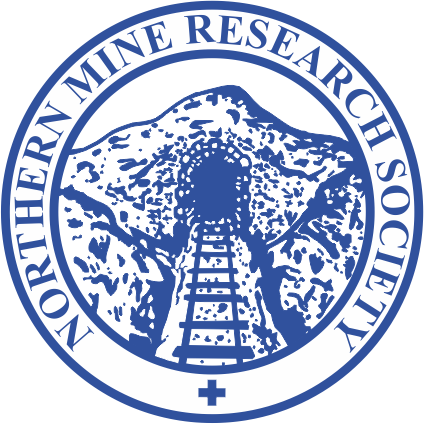Many of the veins on the Cam and Middlesmoor Pasture were worked along their outcrops by shallow shafts from mediæval times onwards, but in the 19th century deeper levels were driven into some of them. By 1803 mining was second only to farming in the number of men it employed.
Kettlewell had its own smelt mill by 1669 and until 1831, when a short flue was built, its fumes vented from a chimney on the roof of the mill. This poisoned neighbouring fields and was unpopular with their owners, whose cattle it killed. It was not until 1868 that a long flue, leading to a chimney high on the Cam, was built. That chimney blew down in a gale in February 1893, and the army blew up the smelt mill in 1942.
The richest mine at Kettlewell was Providence, on the south side of Dowber Gill. Most of the ore came from the Middle Level, near the head of the gill, in the 1860s. A waterwheel and crusher which stood near this level can now be seen at the Dales Countryside Museum at Hawes.
See: Gill, M.C. The Wharfedale Mines (British Mining No.49, 1994)
Return to previous page

